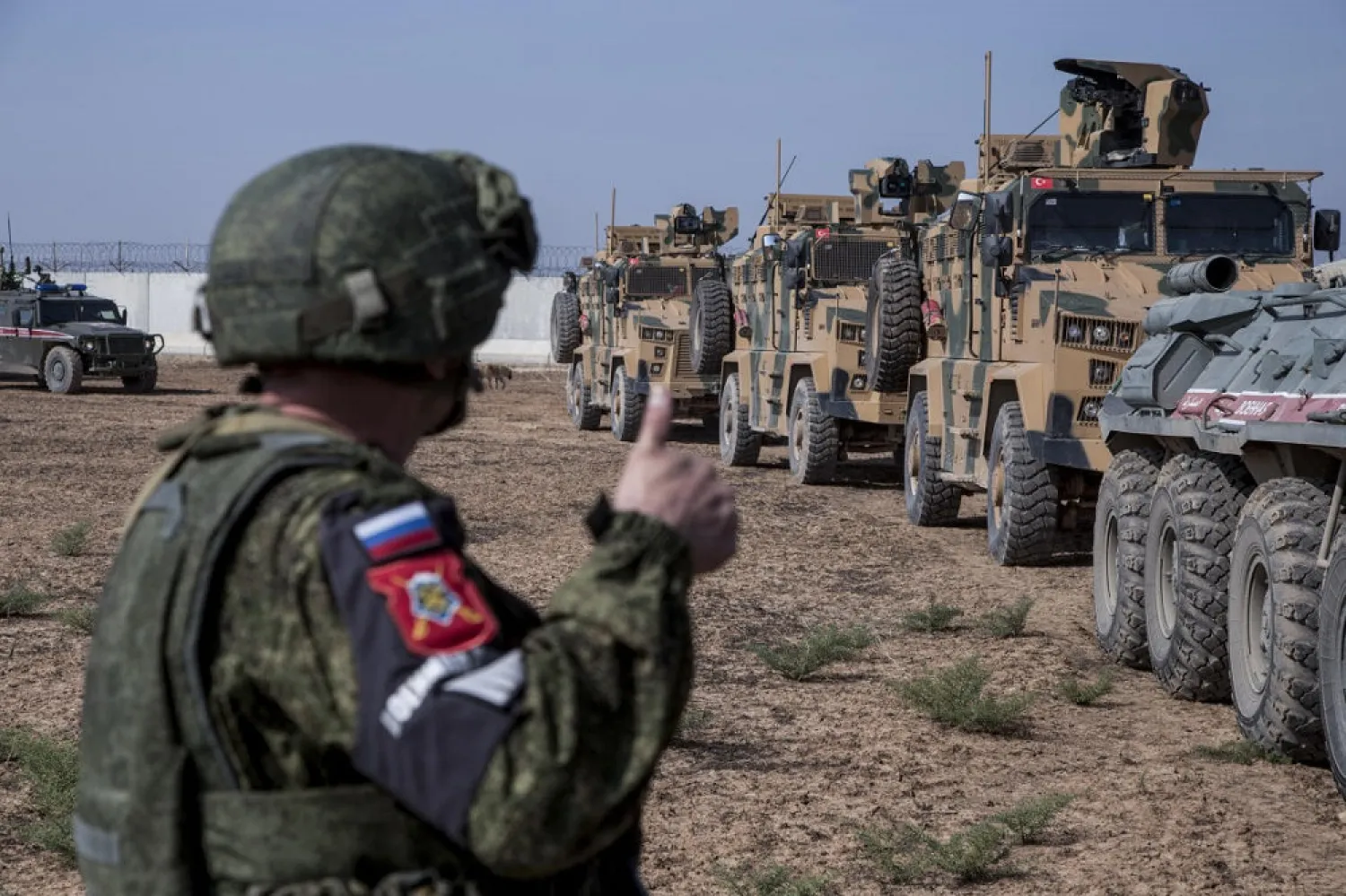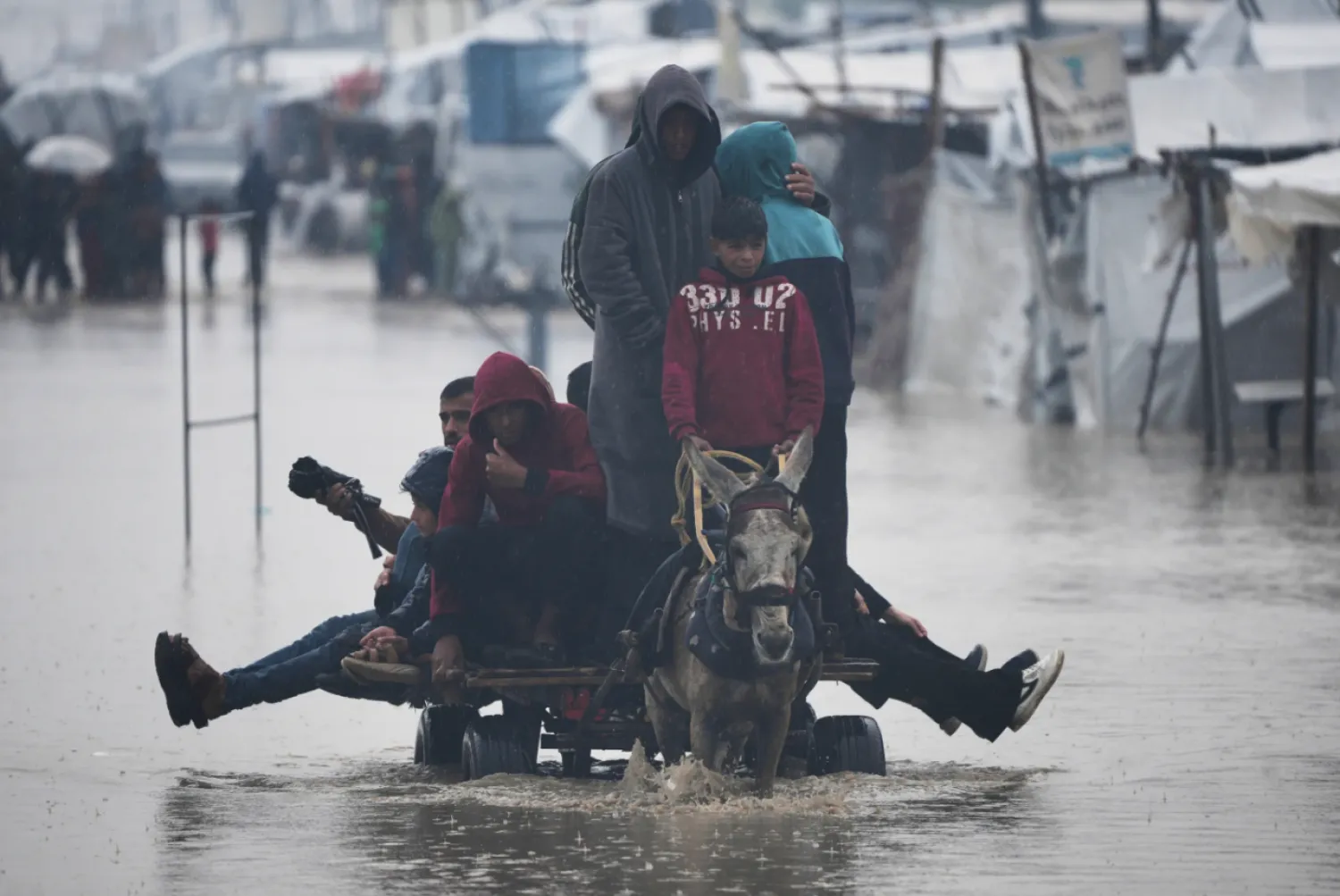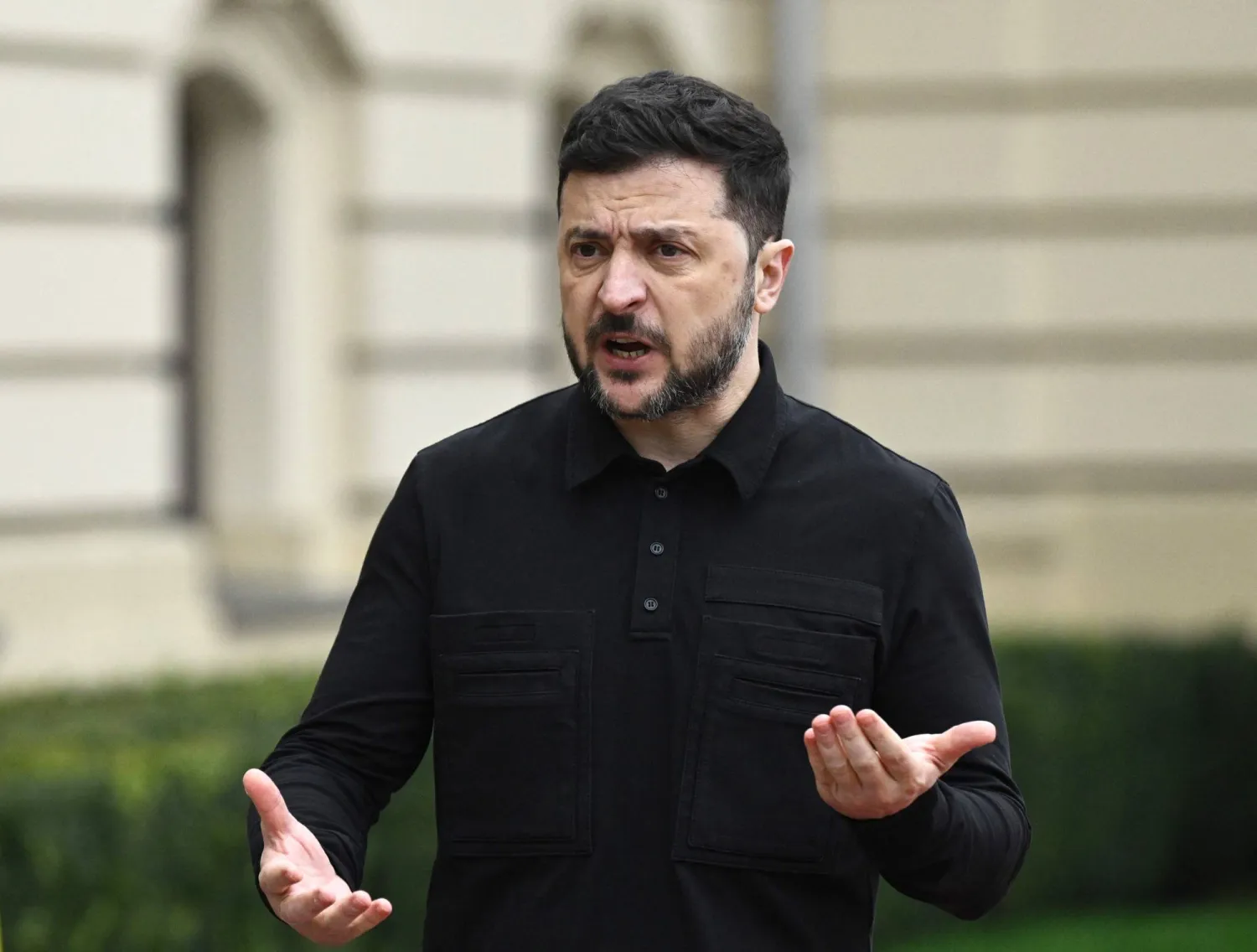Russia will sponsor in coming days a new round of dialogue between the Kurds and the Damascus regime.
Just days ago, Russian Foreign Minister Sergei Lavrov met with head of the Kurdish Syrian Democratic Council (SDC), Ilham Ahmad.
Envoys of Russian President Vladimir Putin and his American counterpart Joe Biden have agreed during undisclosed talks in Geneva in recent months over the need to provide American "cover" and Russian "sponsorship" of the Kurdish-Syrian talks.
Deep divide
The Syrians and Kurds had held numerous rounds of dialogue between 2016 to 2019 that revealed the extent of the divide between the two sides.
Damascus refuses to include the Syrian Democratic Forces (SDF) as a separate unit in the army and has instead suggested that it be incorporated in the military. It is also demanding that the official national flag be flown throughout the country and recognition of Bashar Assad as Syria's president.
It rejects providing constitutional concessions to the Kurds or recognition of their autonomous administration. It is willing to agree to the local administrations and dedicating lessons to teach Kurdish at schools.
On the strategic resources in the region east of the Euphrates that are held by the Kurds, Damascus wants to have control over them, while agreeing to grant greater revenues from them to the region.
The Kurds are meanwhile hoping Russia will back their demands. Over the summer, the SDC and the People's Will Party signed in Moscow an agreement that Kurdish observers interpreted as recognition of the "unity of Syria and its people" and recognition that the autonomous administration as part of the central regime and that the SDF was part of the national Syrian army.
During a visit to Damascus in September, Lavrov expressed Russia's readiness to continue efforts to prepare the ground for "coexistence" among "all religious and ethnic groups in Syrian society."
He stressed that Russia was not a party in the document that was signed by the SDC and People's Will Party.
The Syrian foreign minister rejected the document, saying Damascus will not support any agreement that violates the Syrian constitution.
Damascus had also rejected a Russian draft of a constitution that stipulates the formation of an "association of regions" that includes the Kurds.
New round
Since the Putin-Biden meeting in June, their envoys to Syria have held three rounds of closed-door talks in Geneva.
Their main goal was to extend the international resolution on cross-border aid deliveries, which was achieved.
However, this platform and others have been used to call for the resumption of dialogue between Damascus and Qamishli.
The US has encouraged the Kurds to resume talks with the regime through Russian "sponsorship".
The new round of talks will focus on operational issues, such as the opening of the Al-Ya'rubiyah crossing under Syrian-Kurdish management, the delivery of humanitarian aid, and military coordination that would deter a new Turkish incursion.
They would also tackle various services and economic agreements.
On the political level, they would address the future of the autonomous administration and its ties with Damascus, the SDF and its role in the army, and the Kurdish national identity.









